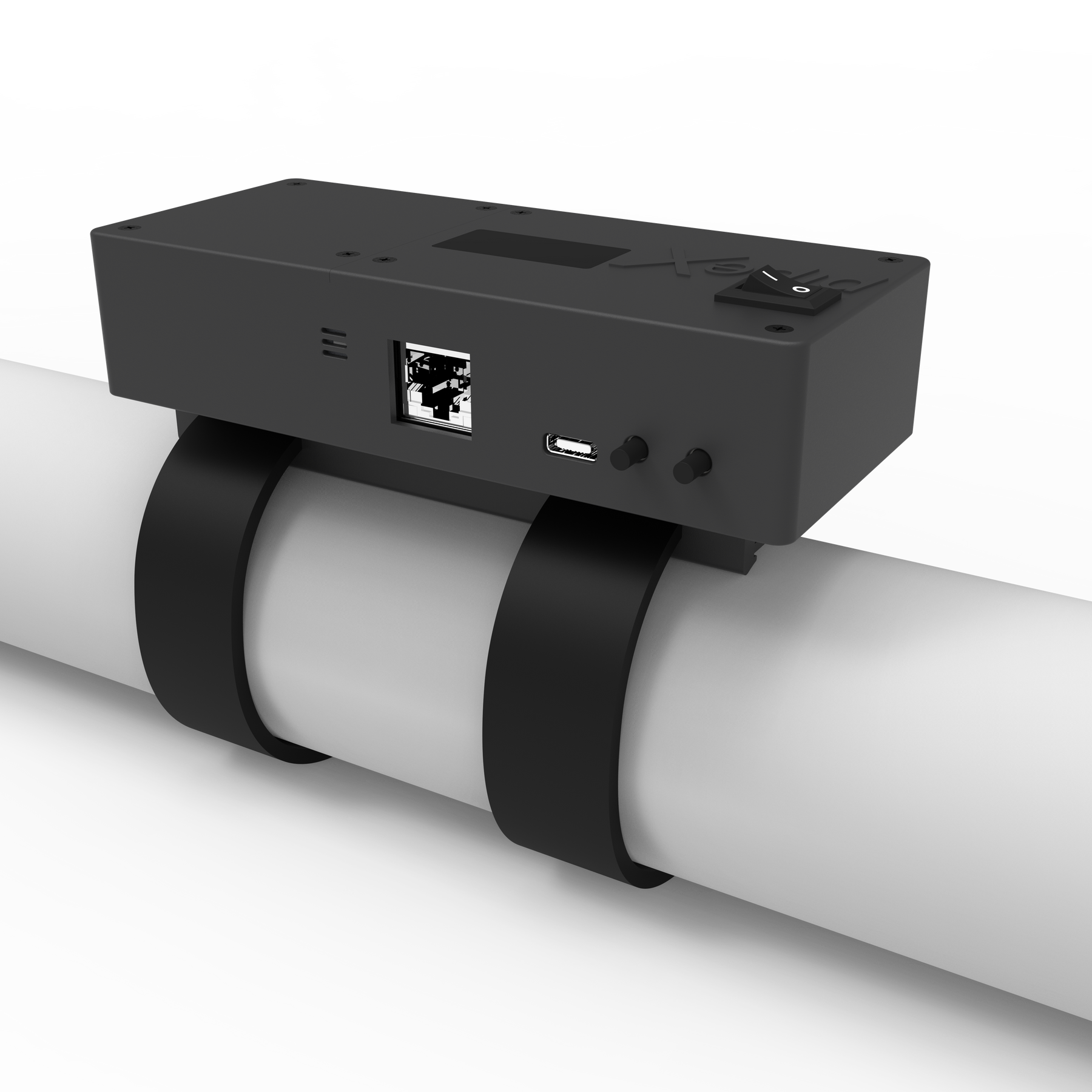Homeowners often face the challenge of dealing with pipe leaks, and how to seal a PVC pipe leak is a crucial skill to master. From preventing water damage to saving on repair costs, understanding the process can be incredibly beneficial. In this article, we will walk you through the necessary steps, tools, and best practices for sealing PVC pipe leaks effectively.

Understanding PVC Pipe Leaks
PVC pipes are commonly used for plumbing due to their durability and cost-effectiveness. However, they can still develop leaks over time. Knowing the common causes of PVC pipe leaks can help in preventing and addressing them. Be it wear and tear, temperature changes, or mechanical damage, recognizing these issues early on can save you a lot of trouble.
- Wear and tear
- Temperature fluctuations
- Mechanical damage
For more information on why pipes might leak, check out this useful resource on causes of pipe leaks.

Tools and Materials You Will Need
Before diving into the actual process of sealing a PVC pipe leak, its essential to gather the right tools and materials. Heres a list of what you might need:
- Saw or pipe cutter
- PVC primer and cement
- Replacement PVC pipe or fittings
- Emery cloth or sandpaper
- Pipe wrench
- Rags or towels
Having the right tools at hand can make the repair process smoother and more efficient.

Identifying the Leak Source
Finding the exact source of the leak is crucial before you start any repair work. Turn off the water supply and inspect the PVC pipe for visible cracks or breaks. Mark the area around the leak so you can easily locate it during the repair process.
Step-by-Step Process to Seal a PVC Pipe Leak
Step 1: Turn Off the Water Supply
Always start by turning off the water supply to prevent further water damage while you work on the leak.
Step 2: Cut the Damaged Section
Use a saw or pipe cutter to remove the section of the PVC pipe that is leaking. Make sure the cut is clean and straight to ensure a proper fit for the replacement piece.
Step 3: Prepare the Pipe Ends
Use an emery cloth or sandpaper to smooth the edges of the cut pipe. This will help the primer and cement adhere better to the pipe.
Step 4: Apply Primer and Cement
Apply PVC primer to the ends of the pipe and the inside of the replacement fitting. Follow up with PVC cement. Make sure to apply a generous amount for a strong seal.
Step 5: Fit the Replacement Pipe
Quickly insert the replacement fitting into the primed and cemented ends of the pipe. Hold it in place for a few seconds to ensure a strong bond.
Step 6: Let the Cement Cure
Allow the PVC cement to cure for the time recommended by the manufacturer. This usually takes around 24 hours. Do not turn on the water supply until the cement has fully cured.
Preventive Measures to Avoid Future Leaks
Taking preventive measures can help you avoid future leaks in your PVC pipes. Here are some tips:
- Regularly inspect your plumbing for signs of wear and damage.
- Avoid exposing PVC pipes to extreme temperatures.
- Ensure pipes are properly supported to prevent sagging or stress.
- Use high-quality PVC pipes and fittings to ensure durability.
Common Mistakes to Avoid
When repairing PVC pipe leaks, homeowners often make mistakes that can lead to further issues. Avoid these common mistakes for a successful repair:
- Not turning off the water supply properly.
- Using the wrong type of PVC cement or primer.
- Not allowing the PVC cement to cure fully.
- Improperly cutting the damaged section of the pipe.
When to Call a Professional
While DIY repairs can be effective, there are situations where calling a professional plumber is the best course of action. If the leak is extensive, difficult to access, or if youre unsure about your repair skills, its wise to seek professional help.
For further guidance on home repairs, check this detailed article on how to fix pipes.
Essential Maintenance Tips
Regular maintenance is key to avoiding PVC pipe leaks. Here are some essential tips:
- Inspect your pipes regularly for cracks and damage.
- Replace worn-out fittings and pipes promptly.
- Ensure proper insulation to prevent temperature-related damage.
- Keep your plumbing system well-maintained and serviced by professionals if needed.
Learn more about home repairs and their benefits here.
Choosing the Right Products
Not all PVC products are created equal. Choosing high-quality pipes, fittings, and sealants will ensure a long-lasting repair. Look for products from reputable brands and check reviews before making a purchase.
Environmental Considerations
When working with PVC pipes, it’s important to consider the environmental impact. Proper disposal of old pipes and environmentally friendly sealants can contribute to a more sustainable home repair process.
Cost Considerations
The cost of repairing PVC pipe leaks can vary based on the extent of the damage and the materials required. DIY repairs are generally cost-effective, but professional services may be necessary for complex issues.
Have a look at how various home repairs can impact your overall home improvement budget here.
Finding Reliable Resources
Whether youre buying materials or looking for advice, finding reliable resources is crucial. Check online reviews, get recommendations from friends or family, and consult professional plumbers when necessary.
Case Studies and Success Stories
Reading about real-life success stories can provide inspiration and confidence for your own repair projects. Many homeowners have successfully tackled PVC pipe leaks with the right approach and tools.
To get a sense of the positive impact of diligent home repairs, explore some inspiring case studies here.
Conclusion
Understanding how to seal a PVC pipe leak is a valuable skill for any homeowner. With the right tools, knowledge, and materials, you can tackle this common issue effectively. Remember to take preventive measures, avoid common mistakes, and seek professional help when necessary.
As an Amazon Associate, I earn from qualifying purchases.
Frequently Asked Questions
Can I seal a PVC pipe leak without turning off the water supply?
No, it is essential to turn off the water supply to prevent further damage and ensure a proper repair.
How long does PVC cement take to cure?
Most PVC cements take around 24 hours to fully cure. Its important to follow the manufacturer’s instructions for the best results.
Is it expensive to hire a professional plumber for PVC pipe leaks?
Hiring a professional can be more costly than a DIY repair, but it might be necessary for complex or extensive leaks. It’s worth getting a few quotes to compare prices.
